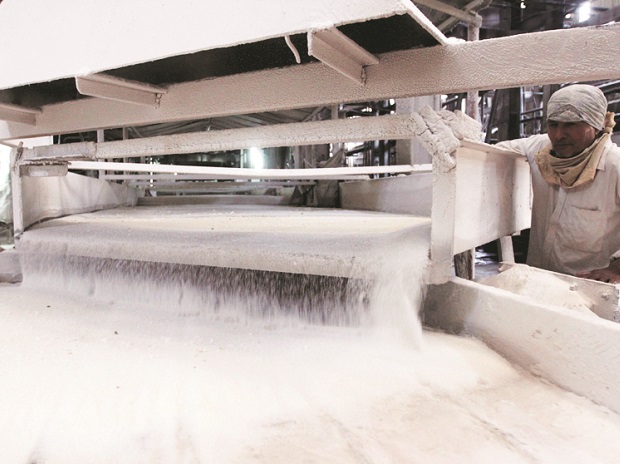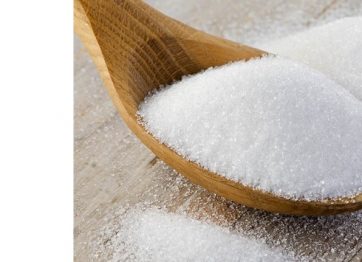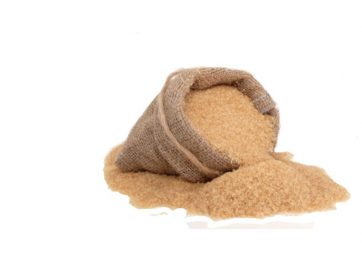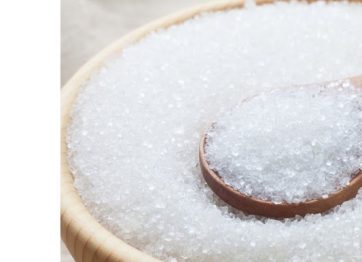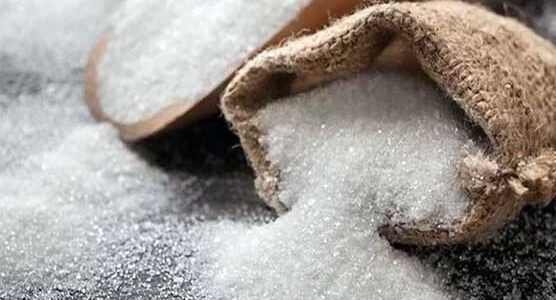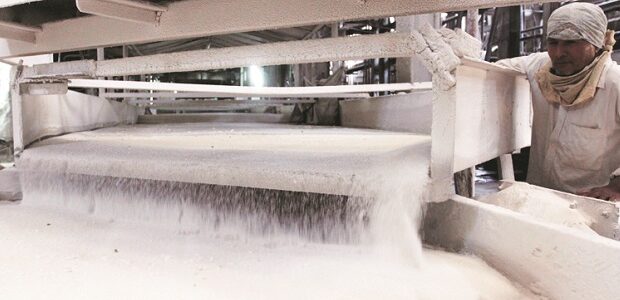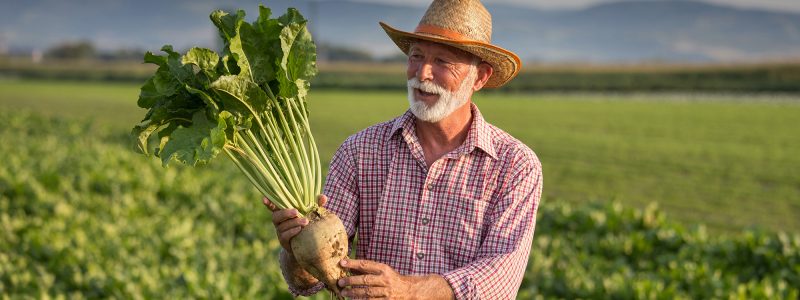Sugar Economics
Sugar is grown from two main sources: sugar cane and sugar beet. Both produce the identical refined sugar product. Sugar cane is a bamboo-like grass grown in semi-topical regions and equatorial region where rain is plentiful and the strong direct sunlight nourished the cane.
Cane sugar accounts for about 70% of world production. Beet sugar comes from the sugar beet plant, which grows in temperate climates and accounts for the balance of world production.
In temperate weather, disease, insects, soil quality and cultivation affect both cane and beet production, as do trade agreements and price support programs. Brazil, India, China, Thailand, Cuba and Mexico are among the leading sugar cane producers.
European Union nations, the Russian Federation and Ukraine produce the majority of all sugar beets. Most sugar is either consumed in the country where it is produced under government controlled pricing arrangements or moved from one country to another under long-term supply agreements.
The sugar not subject to such agreements is freely traded among a number of nations, corporations and individuals. This makes the market for sugar a “residual” market – a market in which freely traded sugar is only a fraction of worldwide production.

